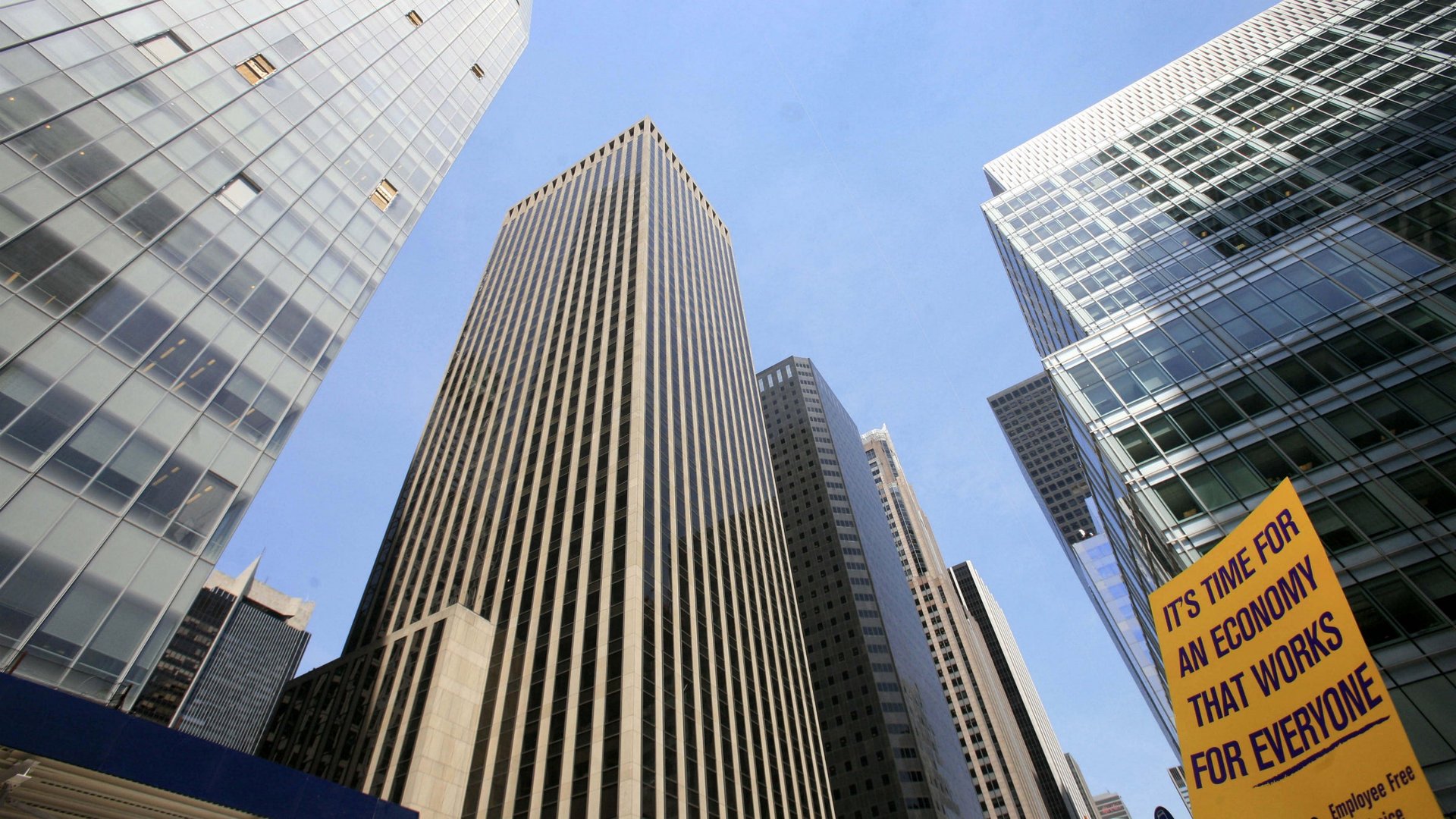How to solve America’s big bank “subsidy” problem
The debate last week over whether America’s government is “giv[ing] big banks $83 billion a year,” as Bloomberg put it, can be called a victory for the “nays.” No money actually changed hands, and figuring out whether creditors giving big banks better deals on the assumption that the government will bail them out in a crisis actually constitutes an implicit subsidy isn’t as easy as it might seem. The calculations in question depend on the work of a single ratings agency and don’t take into account the banks’ actual cost of funding.


The debate last week over whether America’s government is “giv[ing] big banks $83 billion a year,” as Bloomberg put it, can be called a victory for the “nays.” No money actually changed hands, and figuring out whether creditors giving big banks better deals on the assumption that the government will bail them out in a crisis actually constitutes an implicit subsidy isn’t as easy as it might seem. The calculations in question depend on the work of a single ratings agency and don’t take into account the banks’ actual cost of funding.
This is, in any case, less of an issue now. Even if creditors hypothetically give preferential rates to the biggest banks, the 2010 Dodd-Frank regulatory overhaul makes it far from certain that large, failing banks—and their creditors—will be rescued. The new regime limits the kinds of fires that the Federal Reserve can use its unlimited money spigot to put out. It also gives regulators new tools to wind down failing banks. These reforms mean the incentives to wipe out the creditors of an insolvent institution are much higher than they were in 2008.
But if the government wanted to give the law some real teeth, it might be worth reconsidering a mechanism that fell out of the final draft of Dodd-Frank: the fee on the liabilities of the largest banks. This would have created a $50-billion funding pool that bank regulators would use if they put a failing bank in receivership. As the law stands now, the costs of a bank’s death penalty would be paid for by the sale of the bank’s assets and financed by government debt. Putting the money up front would raise the operating costs of simply being a large bank—which is what you’re going for if you think big banks are a big problem.
The Obama administration has proposed a version of this idea, called a “financial crisis responsibility fee,” that would assess a 17-basis-point fee on the liabilities of banks with more than $50 billion in assets, raising $60 billion over 10 years. However, considering that the law behind the 2008 bailout required the administration to propose such an idea, that administration’s support for its proposal is little more than formality.
But the biggest issue is that it’s hard to prove either the costs or the benefits of having huge banks. America’s big banks make arguments about economies of scale and their abilities to provide funding to large corporations, and note that banks in other countries are much bigger as a share of GDP. Their critics point out the opacity of their balance sheets, continual banking scandals, and that they’re so large that the failure of any one could be a drag on the rest of the economy.
Those critics are back now with a bipartisan bill that would impose tougher caps on bank size; it would force America’s largest banks—including Bank of America, JP Morgan, and Goldman Sachs—to sell off huge chunks of their business. But if such caps couldn’t pass Congress in the immediate wake of a financial crisis, it seems doubtful they will pass now. Maybe that fee is a better place to start.